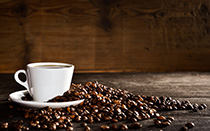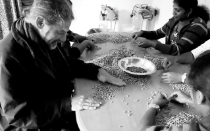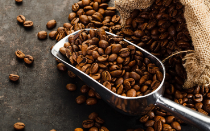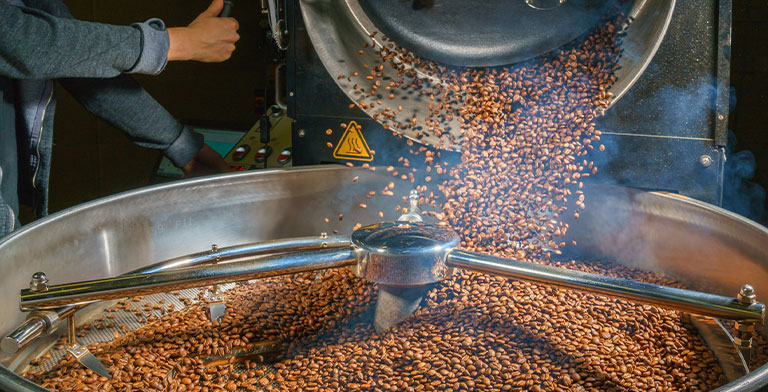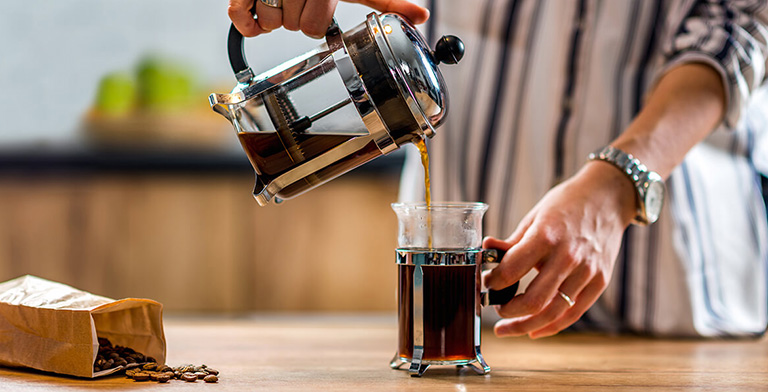
How to brew coffee using a French press
Over the years, the way coffee was brewed underwent significant evolution and growth. Today, there may well be as many ways of brewing coffee as there are varieties of coffee beans. The French press, however, remains one of the most sought-after methods of creating the perfect cup of coffee.
The French press can be described as an elegant yet brilliantly designed coffee brewer that dates back to the 1800s. This classic design remains timeless and is widely used even today in many households. Its basic premise is the use of a metal or cloth screen that is pressed down using a connecting rod to infuse coffee grounds into a pot of hot water.
One would imagine that the French press would have been invented in France. However, the French press is a popular brewing device with a complex history. Also known as a cafetière or plunger, this device has in fact been filed under several patents carrying different names and origins.
A legend dating back to the 1850s recalls the story of a Frenchman who stumbled upon the idea quite by accident. Upon boiling water, he discovered he had forgotten to add the coffee in. Once he added the coffee, the coffee grounds rose to the surface of the water, and so he decided to salvage whatever he could from the pot. He approached a passing Italian merchant and purchased a piece of metal screen, which he then placed over the boiling pot. He used a stick to press the screen down, together with the coffee grounds. He expected the outcome to be terrible – however it became the best coffee either man had ever tasted.
To gain an understanding of this device, let us first explore the history behind what James Hoffman called ‘the most underrated method of brewing coffee’ in ‘The World Atlas of Coffee’, written in 1852.
The History of the French Press
It’s true that the first listed design for this type of brewing device was patented in 1852 by two Frenchmen named Mayer and Delforge. While its design was similar in principle, it did not create a seal inside the carafe, which made it rather unlike the French presses we see today. It was in fact Italians Attilio Calimani and Giulio Moneta who patented the first device that most resembles the brewing mechanism we are familiar with in this day and age.


Cafetière by Mayer and Delforge, 1852
However, the most popular design was crafted and patented by Swiss national Faliero Bondanini in 1958. It was manufactured in France, where it became known as a ‘Chambord’. Its acclaim within this region granted the cafetière its French identity, and it was later marketed in the UK by Bondanini as ‘La Cafetière Classic’. Later, Bodum, the renowned Danish organisation became a distributor of this brewing device in Denmark, eventually purchasing the rights to use the Chambord name and factory. The trademark ‘La Cafetière’ was retained by the original owners, while recent events have seen legal disputes arise between Bodum and ‘La Cafetière’ with respect to concerns over patent designs and control for markets outside of Europe.
While the design spread fairly quickly across Europe, there was a brief period before it eventually reached the United States of America. While Italy is renowned for its love for espresso, they are also equally notable for their history in consuming a large range of coffee types, including the Turkish style, which was popular during the time the first coffee was imported. The Neapolitan flip-pot method was mostly prevalent among kitchens in the southern region of Italy.
Despite all the confusion over its origins and the varying methods that are available to the public today, the cafetière remains one of the most simple and straightforward methods to prepare the perfect brew – able to yield excellent results if used accurately.
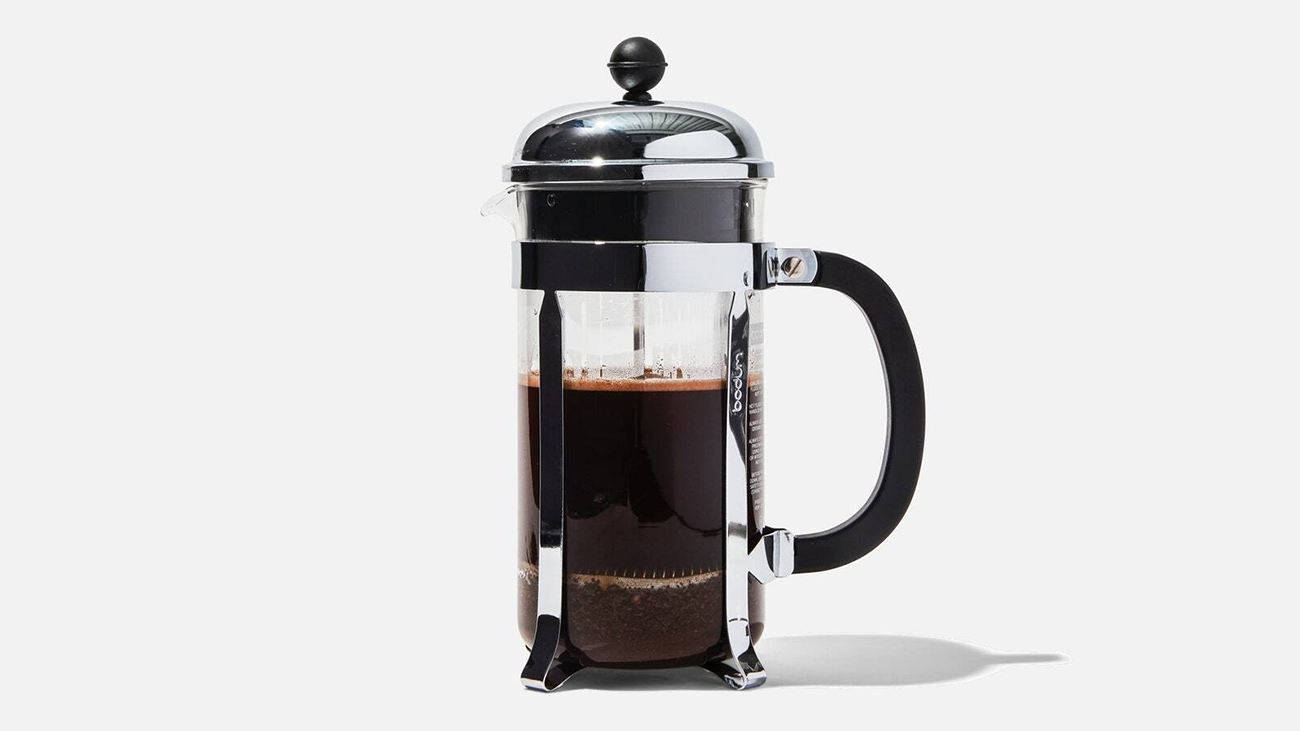
What is the French press?
The French press is simple, yet revolutionary in terms of design and functionality – ideal for those who wish to enter into the world of coffee brewing. In essence, it can be described as a full immersion brewing device with a filter created using a metal mesh.
The French press has faced several modifications over the years and comes in many shapes, sizes and materials. The present-day French press is a narrow, cylindrical beaker, topped with a fine-mesh strainer attached to a tightly fitted lid.
The use of such a method guarantees the presence of more oils and fewer coffee particles, resulting in a thicker brew with greater texture and a fuller body. However, for those who wish to avoid coffee grit or a sandy mouthfeel, the French press may not be the best device to use.
How does one use a French press?
Brewing coffee using a French press is a slow and painstaking process, with a rewarding outcome of optimised flavour and texture. In fact, for the impatient coffee makers, an affordable home espresso maker may be the better choice.
Here are some important factors to consider when using a French press.
#1. Grind size
A good cup of coffee depends on how the coffee beans are ground. It is important to grind one’s coffee with a high-quality burr grinder, and avoid using blades or blunt instruments. A good grind size is reached when the coffee beans are transformed into coarse, thick granules. The coffee should not be too fine, else it may seep through the metal mesh filter and the resulting cup will have too much grit.
#2. Brew ratio
The brew ratio is a simple formula. It constitutes the grams of water divided by the grams of coffee that will be used in preparing the final brew. A commonly used ratio is 1:15, meaning that 15 grams of coffee will be used for every 225 grams of water. For those who are starting out, it’s best to begin with this ratio, and add more coffee or less water until you discover the exact balance of taste you prefer.
#3. Water temperature
Water temperature is another factor that can impact the final result of your coffee. Once again, this can be experimented with to arrive at the perfect taste, but most beginners would rest the water for 45 seconds after it has reached boiling point, allowing it to reach an approximate temperature of 90⁰C. If you wish to measure and control this temperature more precisely, a variable temperature gooseneck kettle may be a good investment for the future.
#4. Brew time
The brewing time can range from 3 to 5 minutes. Ideally a darker roast should be brewed for the least time, and a lighter roast for a longer period. A 4-minute brew time is a safer option to begin with – the timing can later be modified for future brews, according to taste.
#5. Brewing process
If the cafetière has been used previously ensure it is thoroughly cleaned of all residue, especially from the plunger and the lid. This will ensure a smooth, flawless taste. Preheat the French press using hot water and discard the water. Add freshly ground coffee to the preheated press, followed by the addition of water. Make sure you introduced the boiled water slowly so that all the grounds will be saturated. Initially, it is best to add double the grams of water to optimise the preinfusion stage (For 15 grams of coffee, add 30 grams of water).
After 30 seconds, you may proceed to stir the mixture gently. Add the rest of the water to match the ratio described in #2. Let it steep for about 4 minutes, and then plunge slowly but delicately so that it reaches the bottom. Finally, carefully pour your brew into the cup, being careful not to disturb the coffee resting at the bottom. This will result in a freshly brewed, perfect cup of coffee.
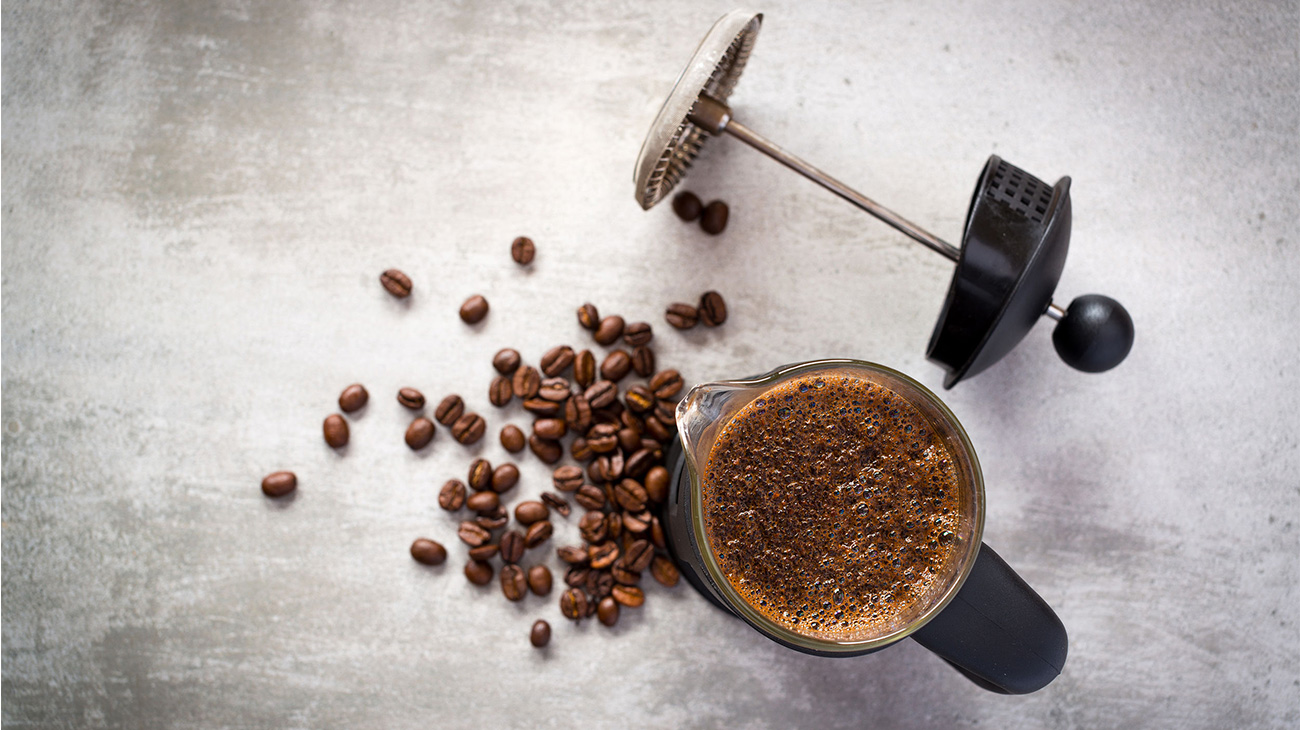
The French press today
In modern times, while French presses are still used for their original purpose, its ingenious and versatile design enables it to be used for many other purposes. One can utilise it to brew nearly anything that can be infused into water, including grated ginger, various teas, citrus and other fruits. The possibilities in using a French press are limitless, and it has become a popular way of fixing a cold brew as well.
In conclusion, the French press is an iconic, preferred method of making coffee today, guaranteed to produce the finest flavours with the utmost simplicity. It’s hardly any wonder why centuries later, it remains one of the most popular methods for brewing coffee, the world over.


